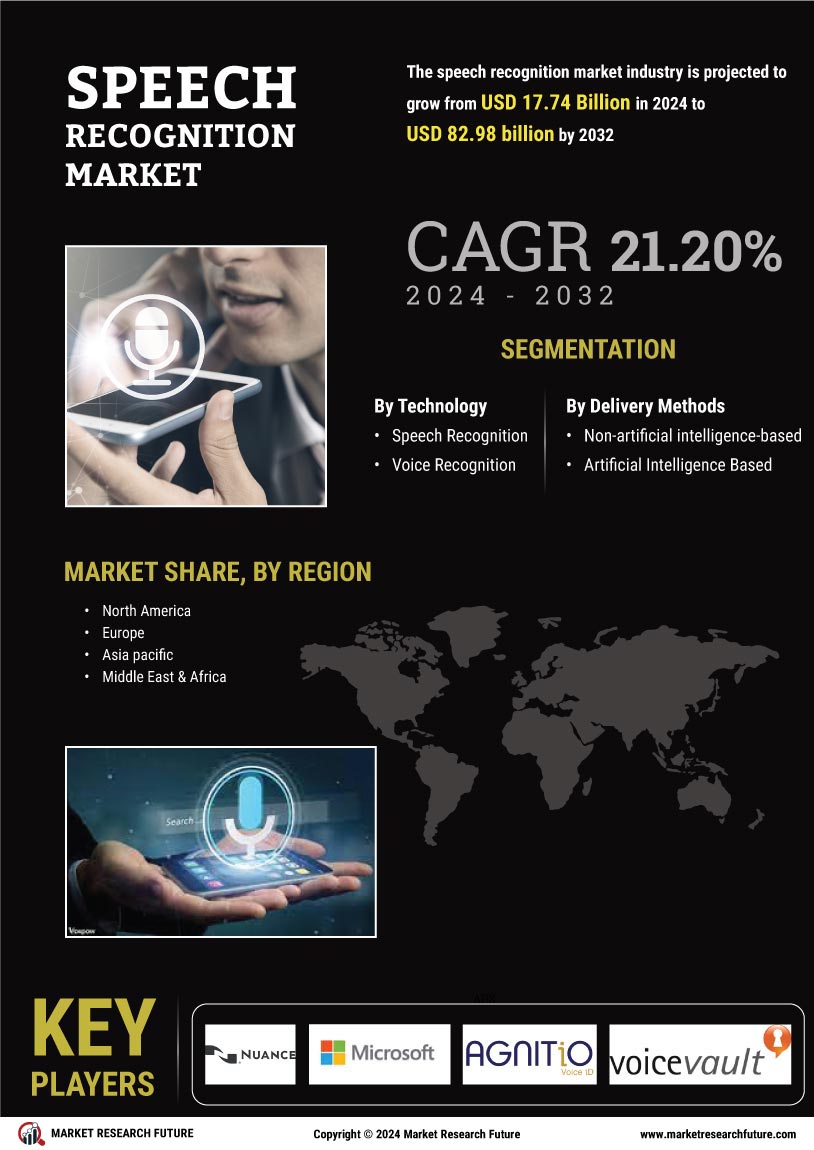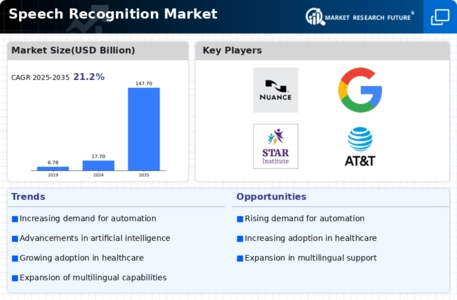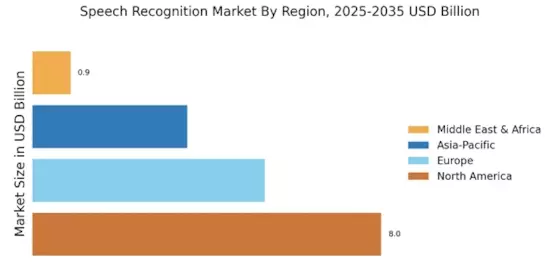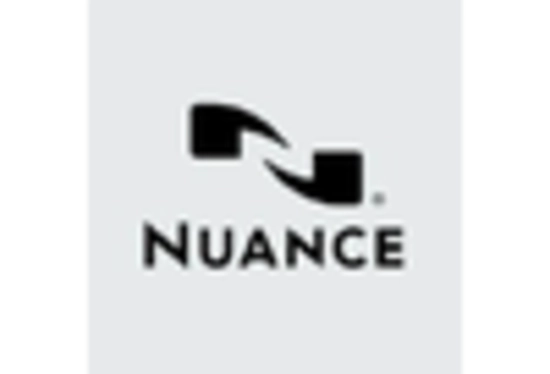May 2023: Voiceitt, a provider of speech recognition technology, has announced a partnership with Cisco's Webex, a video conferencing platform, to improve accessibility for those with speech impairments during virtual meetings. Voiceitt is an AI-based voice recognition tool that instantly translates incomprehensible and unusual speech, allowing people with the non-standard speech in communicating. Through the cooperation, Webex virtual meetings will be able to use AI-enabled real-time captioning & transcription to make persons who have speech difficulties understandable. Through Webex's App Hub, you may get Voiceitt's API. Later this year, the technology will be completely integrated into Webex's platform.
February 2023: A voice recognition program has been created by Fraunhofer researchers at Fraunhofer IDMT for use in the manufacturing industry. The system is dependable even in loud settings and is adaptable to the demands of the user. On the production floor, workers utilize natural voice instructions, which free up both hands so they can do tasks considerably more quickly. The voice recognition technology consistently performs well, even on a busy production floor. The institution section for Hearing, Speech, and Audio Technology HSA is also trying to build smart hearable technology. Currently, employees talk via a wireless headset/a stationary microphone.
By utilizing a mix of directional microphones & a powerful noise-canceling technology, loud ambient noise is nearly completely tuned out.
February 2023: Arabic automated speech recognition (ASR), also known as Speech-To-Text (STT), has seen a huge global breakthrough thanks to Maqsam, a renowned MENA-based cloud communications firm. In the contest to correctly translate the several languages of the Middle Eastern & North African (MENA) area, the company's cutting-edge language models have surpassed Google, Microsoft, and other regional rivals.
A reliable and affordable option for companies looking to automate their customer engagement operations, Maqsam's ASR / STT technology has been developed to accurately transcribe the difficult dialects of daily spoken language in MENA region over the classical Arabic with the varied orthographies, phonetics, & phonological differences.
August 2022: iFLYTEK has introduced multilingual AI subtitling solutions to provide translation and transcription services for video and live streams. This system offers machine translation between Chinese and 168 languages and speech recognition for 70 languages.
September 2021: IBM Corporation expanded the automation and artificial intelligence (AI) capabilities of IBM Watson Assistant to make it simpler for businesses to provide excellent customer experiences. The testing of a voice agent is part of this launch's new relationship with IntelePeer. A vendor of communications platform-as-a-service is IntelePeer.
August 2021: Automatic Speech Recognition Market (ASR) engine with transcription was introduced by LumenVox. Deep Machine Learning (ML) and Artificial Intelligence (AI) are next-generation technology's foundations, providing precise speech-enabled client experiences.

















Leave a Comment